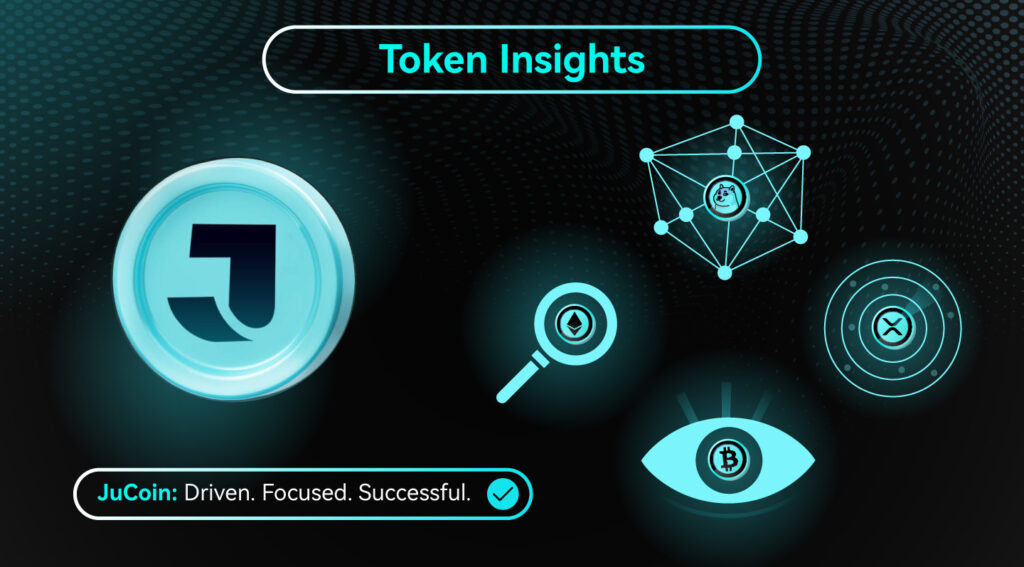
Wilder World aims to combine open-world content with a composable on-chain economy: UE5 delivers gameplay, Z Chain handles asset settlement and the creator economy, and WILD serves as the unified unit of account and governance medium. This Token Insights article, oriented toward investment research, reviews its tech stack, token mechanics, ecosystem progress, and roadmap, and highlights key risks.
Summary: Wilder World connects game and on-chain economy: UE5 front end + Z Chain settlement, WILD drives transactions and governance, and Wiami.fun supports creator growth and asset upgrades.
What is Wilder World?
Wilder World’s goal is to build a player-led open world and unified on-chain economy metaverse project: the initial gameplay hub is the city of “Wiami” (racing, FPS, exploration, etc.); assets (vehicles, land, characters, and wearables) are registered and traded on-chain; economic activity cycles through gathering, manufacturing, trading, and governance; WILD underpins payments, incentives, and governance. Wilder World offers an early experience/FAQ on the Epic platform, lowering distribution and onboarding barriers.
From the combined lens of “narrative—gameplay—economy,” Wilder World attempts to expand on-chain playability and value carrying capacity with a “content-driven assets” approach: players race/quest/craft in-world while using an on-chain marketplace for pricing, revenue sharing, and redistribution. The official Vision Paper integrates the worldbuilding, economy, and infrastructure into a “single source of truth,” helping unify external narrative and guide execution.
Relationship between Wilder World and Z Chain
Z Chain is Wilder World’s high-performance on-chain infrastructure, EVM-compatible, emphasizing sub-second block times, and described by official and ecosystem media as an early AggLayer member. R&D collaborators include ZERO TECH, Polygon Research, and Gateway FM. Functionally, Z Chain carries staking, rewards, creator issuance, and high-frequency interactions, while UE5 remains the gameplay front end.
Wiami and product entry
A “super-early experience” and FAQ for players have launched on Epic, emphasizing city access plus racing and FPS micro-experiences, gradually expanding to more professions and industrial loops. For new users, the store distribution and FAQ reduce learning costs—combining growth and education.
Wilder World’s technology and architecture
The technical path can be summarized as “UE5 front end + modular on-chain infrastructure”:
- Front end and real-time performance: Unreal Engine 5 delivers physics, visuals, and interaction density, serving high-refresh scenarios like racing/FPS.
- On-chain layer: Z Chain handles account abstraction (AA), asset issuance and settlement; it’s EVM-compatible and links into the AggLayer ecosystem for cross-domain connectivity.
- System components: Official materials mention modules for identity/social/market (ZERO), decentralized compute/data (THE GRID), and AI agents (AURA), aiming to connect identity, creation, trading, and gameplay into a closed loop.
A key engineering constraint is the trade-off between “real-time interaction and on-chain determinism”: UE5 ensures playability at the edge, while the chain secures asset rights and economic rules. For high-frequency trading/settlement, localized block production and cross-domain aggregation reduce latency. If stronger AggLayer and cross-chain composability are required, monitor the stability of Z Chain’s integration with the aggregation layer.
Wiami.fun: AI creation and bonding curves
Wiami.fun is Wilder World’s creator platform: players use templates and generative tools to craft skins/visuals, initially issuing them on Z Chain as ERC-20s via a WILD-denominated linear bonding curve; once a threshold is met, they “graduate” into ERC-1155 NFTs with in-game utility. This mechanism gives creators instant liquidity and, after graduation, brings assets into the native economic loop. Multiple media and project disclosures indicate this flow.

Tokenomics (WILD)
Issuance and supply: WILD is an Ethereum ERC-20 with a max supply of 500 million; circulating and market cap data can be checked on CoinMarketCap. The official knowledge base also specifies a “fixed 500 million supply” and DAO governance attributes.
Utility and value carriage:
-
Unit of account and transactions: the primary pricing medium for in-world assets (items/wearables/vehicles, etc.), supporting marketplace trading and fee settlement.
-
Governance and incentives: DAO voting and ecosystem rewards across creators, players, and infrastructure contributors.
-
Creator economy: during Wiami.fun’s bonding-curve issuance phase, pricing is in WILD; after graduation, assets circulate in both the game and on-chain markets.
Potential value-capture paths:
- Trading fees and burn/buyback: if future proposals introduce burn or buybacks, they may strengthen the “usage—value” flywheel for WILD (subject to DAO decisions).
- Creator-driven demand: bonding-curve issuance directly denominated in WILD means creator growth and popular-project graduations can lift native demand.
- On-chain staking and rewards: if Z Chain’s staking/rewards are tied to gameplay, a “play—earn—reinvest” loop may form. Track governance proposals and parameter updates.
Relationship with stable assets
While many consumption/pricing scenarios in Wilder World are WILD-denominated, stablecoins may also participate in secondary settlement or partner rewards. Investors should focus on “WILD share in key consumption scenarios” and “WILD usage on the creator platform,” as these determine demand elasticity.

Ecosystem and partnerships progress
Distribution and growth: a “super-early experience” and FAQ on Epic form a content distribution and education portal, supporting large-scale user acquisition.
Infrastructure collaboration: the Vision Paper and media reports show Z Chain collaboration with ZERO TECH, Polygon Research, and Gateway FM; positioning as an “early AggLayer member” aids cross-domain interoperability and traffic.
Creator-economy ignition: since late July 2025, Wilder World announced Wiami.fun, clarifying the “AI templates + bonding curve + graduation” path for asset generation and upgrading, combined with WILD pricing to pull endogenous demand.
Suggested metrics to watch
- Content side: Epic ratings/downloads, activity, and retention.
- On-chain side: active addresses on Z Chain, number of creators, number of graduated NFTs.
- Token side: WILD consumption during issuance, creator revenue share, and secondary-trade share.
These indicators help judge whether Wilder World’s “content—economy” loop is working end-to-end.
Future plans and roadmap
The roadmap advances on three fronts: gameplay expansion, economic refinement, and creator-ecosystem growth.
Near term (H2 2025)
Continue polishing racing/FPS micro-experiences, enrich vehicles/wearables, advance staking/reward specifics, and sequence the creator-platform launch.
Mid term
Improve AA and cross-domain connectivity; explore deeper integration with AggLayer. Expand the availability of THE GRID/AURA so more agents/compute can be metered on-chain.
Long term
Scale the city and industries into a multi-dimensional economy and encourage third-party teams to produce content using the toolchain and ruleset. Timelines and milestones should follow the Vision Paper and team announcements.
FAQ
What is Wilder World’s core positioning?
It’s an open world with “content-driven, on-chain settlement”: UE5 delivers playability; Z Chain carries asset rights and economic rules.
What are Z Chain’s key points?
EVM compatibility, sub-second block times, and a connectivity orientation toward AggLayer; R&D collaborators include ZERO TECH, Polygon Research, and Gateway FM.
What about WILD’s supply and utility?
Max supply 500 million; covers pricing, trading fees, governance and incentives, and denominates bonding-curve issuance on Wiami.fun.
How does Wiami.fun make assets “graduate”?
First issued as ERC-20 (bonding-curve pricing in WILD), then upgraded to ERC-1155 NFTs with in-game utility after hitting thresholds.
How to track Wilder World’s product progress?
Check Epic’s FAQ/early-experience pages and the project wiki/vision paper updates, combined with on-chain metrics and the count of graduated creator works.
Key Takeaways
Wilder World uses UE5 for gameplay and Z Chain for settlement, aiming to complete the “content—economy” loop.
WILD handles pricing, governance, incentives, and creator-issuance pricing, with a fixed max supply of 500 million.
Wiami.fun’s AI creation + bonding curve + graduation model stimulates content supply and directly pulls WILD demand.
Closely track content cadence, Z Chain ↔ AggLayer integration stability, bonding-curve parameters, and governance changes.




